Hope for the Human Future
I’m having fun at Caltech – teaching my course on “The World in 2050,” having dinner with friends and colleagues, meeting for coffee at the Red Door Café, hearing about some of the latest advances in science.
Yet – in my lectures – I’m focused on these tough “Zone IV challenges,” problems (as mentioned in my previous post) so complex they threaten to overwhelm the capacity of the human mind, yet so important that they have profound effects on everyone in society.
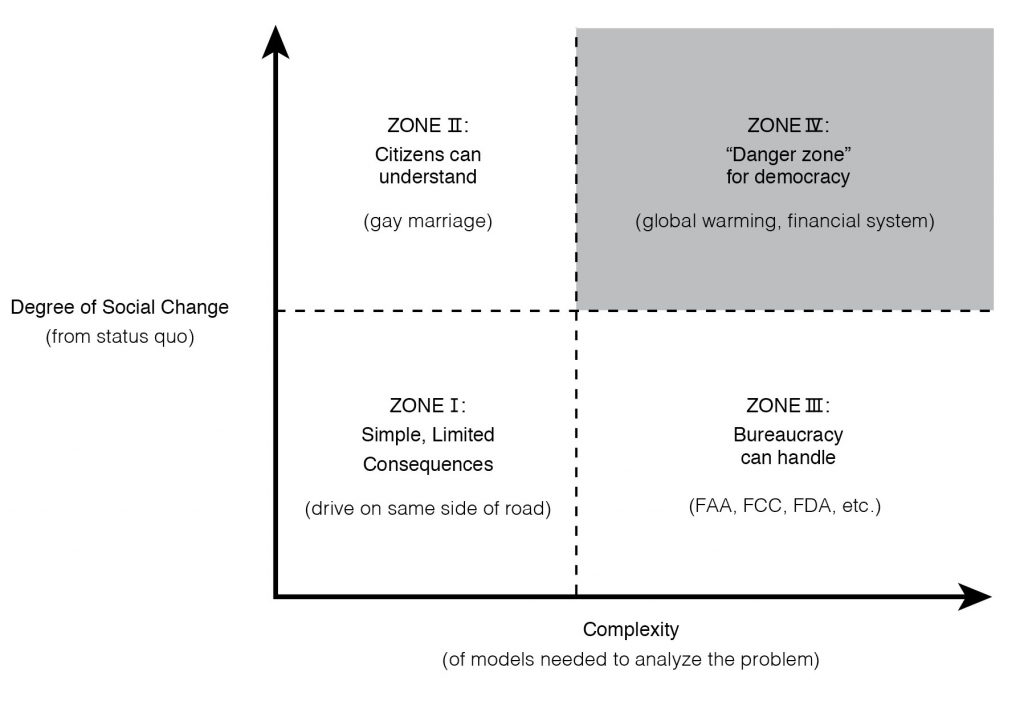
As I told my students on the first day of class, the modern university system has failed to provide effective preparation for working at this Zone IV level. Everything in academics is divided by department and topic and course level. Each professor stands up and talks – as it were – about the patterns on one little tile. But, leaving the university, students will find that the world is like a vast mosaic. The isolated tiles they studied in detail are just tiny fragments of the wickedly complex patterns of the larger world. If they want to be ready to help address these challenges, students need help in developing ways to think at this larger level.
Of course, I know the appeal of expertise, and the power of this approach: I had worked this way when teaching biophysical chemistry at MIT and when studying protein-DNA interactions. Everything was divided up, or partitioned off, or otherwise analyzed in a way that allowed the mind to achieve full mastery.
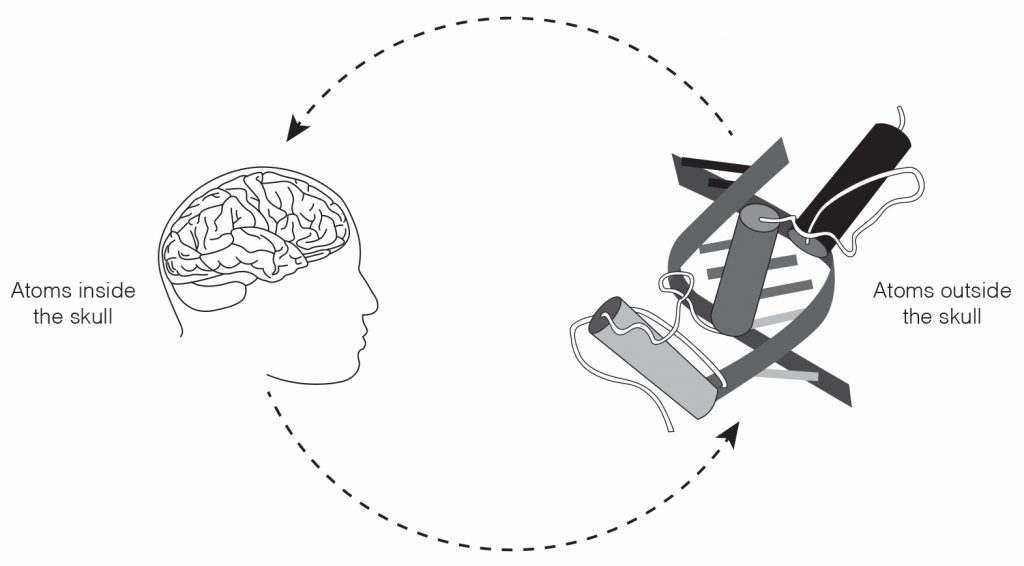
But I’ve looked at the larger mural for the past 15 years, and thus have set a novel goal in teaching my course at Caltech. I’m trying to understand how to train minds to work at this new scale, how to teach students to look out at the full world.
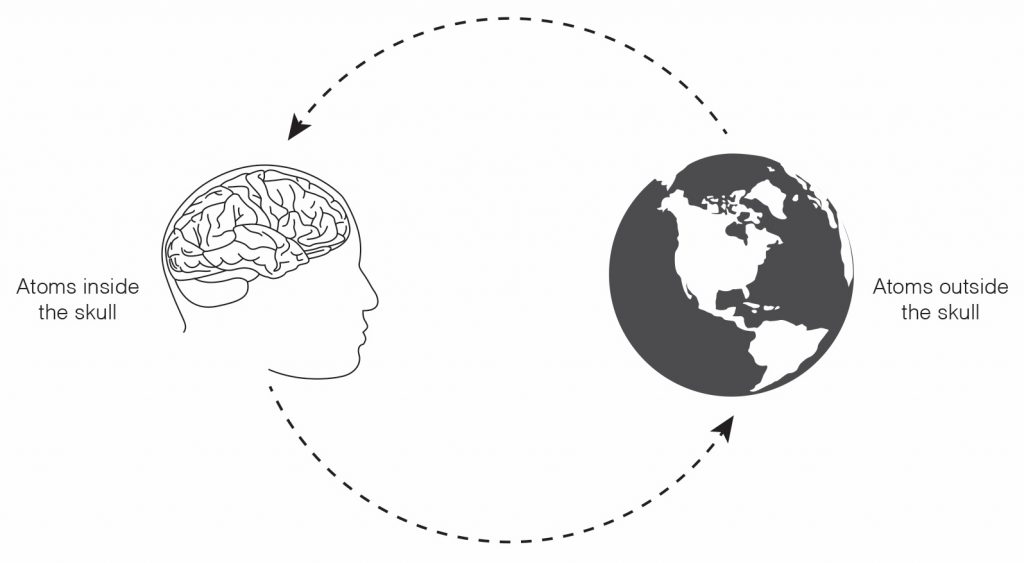
Each week, I stand up and talk about some wildly different topic – juxtaposing problems of global warming, financial reform, artificial intelligence, urbanization, world political order, etc. It’s taken some years to learn how to move easily among all these different fields. And I’m honest with my students: No one can track all the details when looking out at the world as a whole. We’re each stuck with a mind of finite capacity. We’re confronted with a world we can never understand in full detail (not the least because it contains seven billion other minds with lives as full and rich as our own).
But we need to try, and I’ve set out to show that this can be done in a way that still has real substance and meaning and significance, done in a way that offers real hope.
Oddly enough, there’s something that feels almost old-fashioned or “retrograde” about my efforts to maintain some broader perspective. I am inspired, for instance, when reading about the U.S. Constitutional Convention of 1787, and I think their “strategy” – their way of orchestrating the flow of thought – may offer a useful paradigm for the best way to address Zone IV challenges.
When meeting in Philadelphia in the summer of 1787, the delegates did months of careful work at the Zone IV level. And they met without any of the distractions we impose on ourselves today – no cell phones, no press conferences, no staff furiously rewriting versions of a document that would be too long to read.
As they finished, they had a plan – a proposed solution to the challenge – that was short enough and clear enough (just over 4,500 words with signatures) that it could easily be read and debated and discussed.
I think that our hope for the human future depends on an ability to work in similar ways – developing and supporting strategies that allow deep thought in Zone IV (as at the Convention), but producing answers so clear and so simple (as with the Constitution) that the proposed solutions can be considered by the broader public.
Let’s not forget: The problems we see on the mural are hard enough that we cannot expect the general public to have the background, or the time, or the interest to explore each problem in full detail. (We can’t always bring the public over to Zone IV.) And yet there’s no sense in trying to ignore or sidestep the deep complexity of problems like global warming or financial system reform: We can’t hope to treat the problem itself in the same way we’d treat a Zone II problem.
But Thought++ provides fresh hope, for it begins by exploring deep patterns amidst the flow of ideas. If minds are well prepared and given time, it’s quite possible that some of our “Zone IV challenges” can be transformed to give potential “Zone II solutions.”
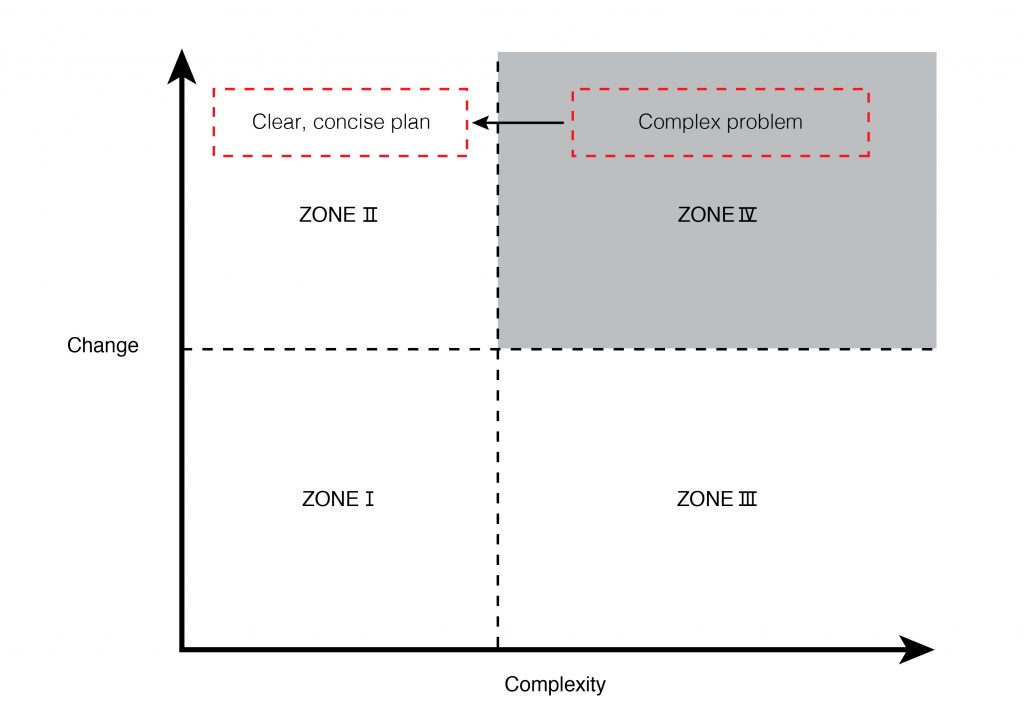
I have to get ready for class right now, but I’ll write more soon, showing how this strategy (looking for “Zone IV to Zone II transitions”) fits with basic patterns of human cognition – thus making best use of our minds – and showing how it might work when addressing some of our current global challenges.
– – – – – – – –
Credits: As we proceed, I’ll try to acknowledge some of the amazing people who have played a vital role in this project. Today, I want to thank Megan Acio (http://wigt.com), who has helped over the years with hundreds of sketches used to illustrate these arguments. Thanks, Meg! Wonderful work!
This post was originally published at carlpabo.com.
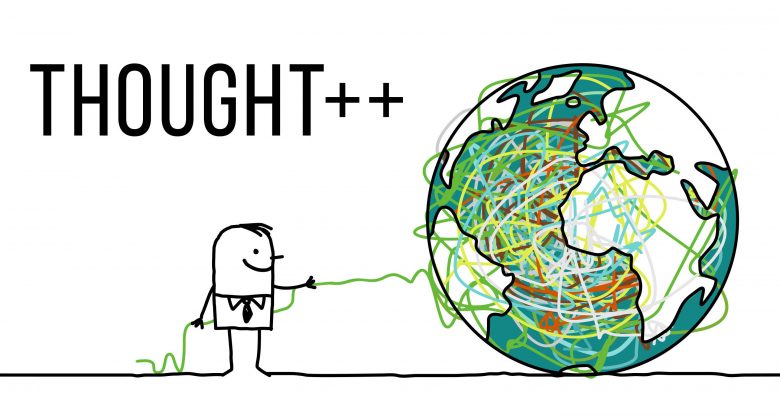
Comments are closed.